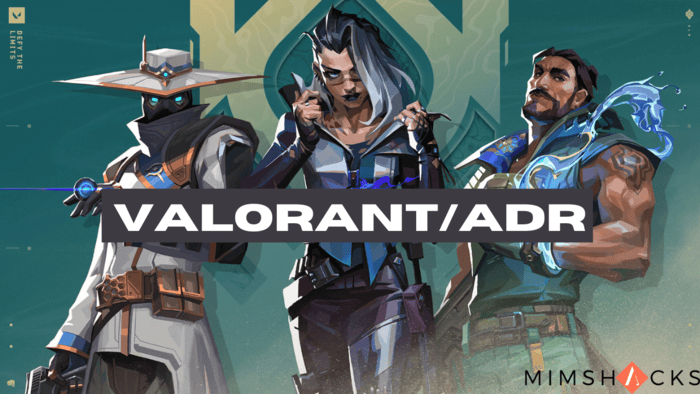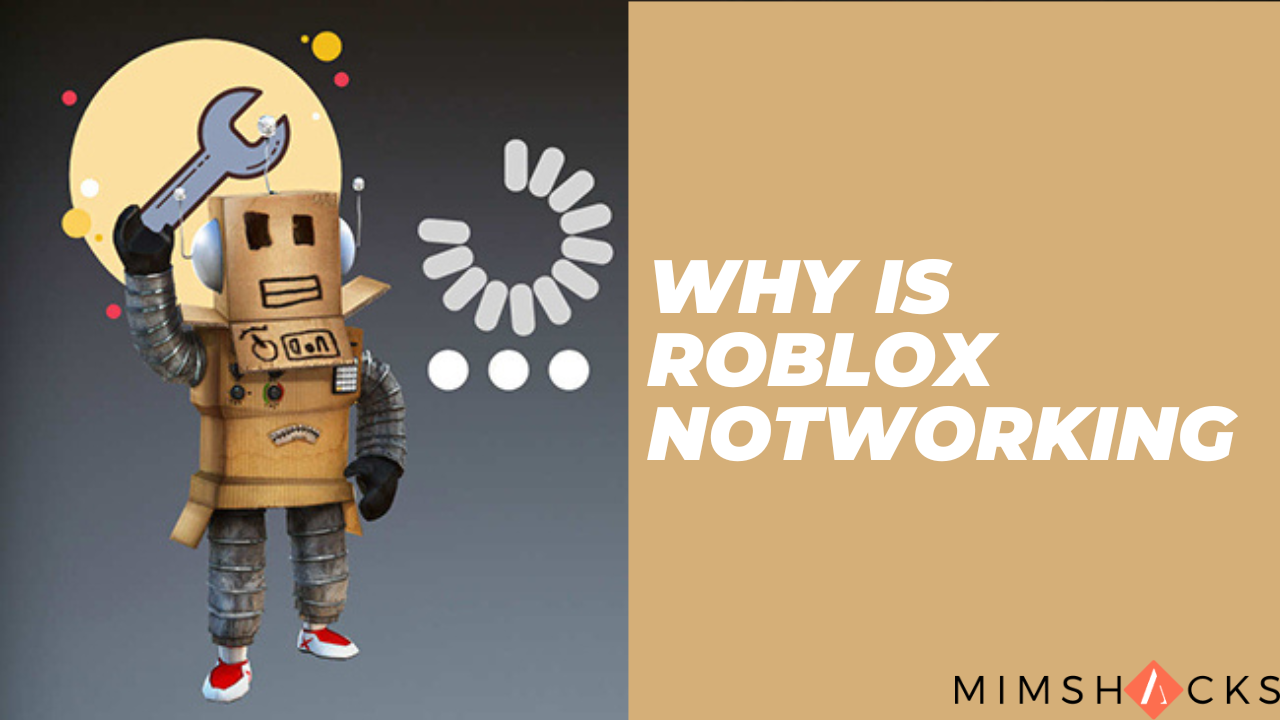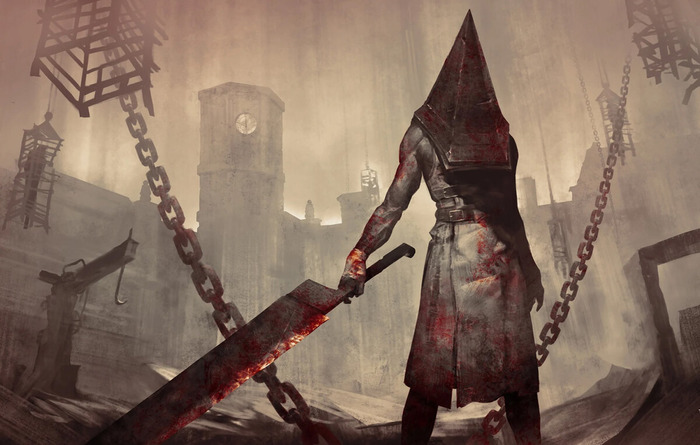Is Gaming in 2025 Going to Be Worth It? A Broad Look at the Industry

As we look toward 2025, the future of gaming seems increasingly uncertain. Sure, there are tons of games coming out, but there’s also a growing dissatisfaction with the industry by players.
In this article, we’ll dive into the current state of the gaming industry. We’ll examine the corruption within the industry, the divide between developers and gamers, and the high price of keeping up with the latest gaming tech.
Is gaming still worth it in 2025, or are we witnessing the end of an era? Let’s find out.
The Corruption Within The Industry
The AAA gaming industry, once celebrated for pushing the boundaries of what games could achieve, increasingly finds itself at odds with its audience. While players yearn for innovative gameplay, immersive stories, and meaningful experiences, many studios prioritize monetization strategies and franchise longevity, which leaves gamers disillusioned.
If you think the complaint about monetization strategies isn’t valid, remember that these studios are often breaking the law. Late last year, Epic Games, the makers of the popular Battle Royale game “Fortnite,” paid out a $245 million FTC settlement. This was in addition to another $275 million that it had to pay the U.S. government for violating the Children’s Online Privacy Protection Act.
It’s also why there’s more investigation happening into increasing predatory practices by game studios. In the coming years, we are likely going to see a number of video game addiction lawsuit cases being filed. There’s just a lot of incentive by studios to keep gamers playing even if it’s through unethical means.
According to TorHoerman Law, companies that might face legal action include big names like Microsoft Corporation, Epic Games, Rockstar Games, Ubisoft, and more. That said, it’s not just monetization and corruption that are the problems right now.
Another major issue is the reliance on safe, repetitive formulas. AAA studios often prioritize sequels and franchise expansions. This produces games that look stunning but feel overly familiar. Let’s explore why this is a problem.
A Growing Disconnect Between The Player Base and Game Creators
Formulaic games are one of the biggest problems with the state of gaming today. You have some series that are on their seventh or eighth iteration with barely any changes to their core gameplay loop.
While some of these titles often succeed financially, they rarely innovate or take risks, which leaves players craving fresh experiences. In contrast, indie studios have gained momentum by offering unique and daring games, catering to audiences looking for something new.
Some believe that all this happens mainly due to a disconnect between the player base and the decision-makers at large studios. There seems to be a tendency where feedback from gamers is frequently misinterpreted or ignored altogether. This leads to disaster situations like the recent failures of games like Concord, Dustborn, and supposed ‘AAAA’ budget games like Skull and Bones.
The studios are also feeling the pinch, but rather than trying to address the problem, they play it even more safe. Earlier this year, Netflix, which had ideas of releasing its own AAA games, pulled the plug on their two-year-old studio before it even had a single release. “Team Blue,” as it was internally referred to, was founded in 2022 and would have been an expansion to the mostly mobile gaming catalog of Netflix.
Sadly, all these factors are just compounded by the increasingly high cost of entry in terms of gaming hardware.
The High Price of PC Gaming Setups
Gaming computers, particularly some hardware components, have become increasingly more expensive and out of reach for many people. We’re less than two weeks away from the launch of the new RTX 5000 series by NVIDIA, but people are dreading the to-be-announced prices.
With the AI boom and NVIDIA being the dominant force in the industry, the company has made one thing clear. They can and will charge a premium as they did with the RTX 4000 Series. The RTX 4090, the flagship GPU, retailed for a whopping $1,600, but now, the minimum you can get one for is $2,500.
Moreover, maintaining a top-tier PC requires regular upgrades to keep up with the latest games. This means constantly investing in new hardware as games become more demanding and technology advances. If you don’t buy the flagship models, that can mean your hardware underperforms every two years or so at ‘Very High’ or ‘Ultra’ settings.
It certainly doesn’t help that developers are paying less attention to optimization these days, which just exacerbates the entire situation.
We see this with recent releases like Stalker 2 and many games developed on Unreal Engine 5. We see that even with an expensive setup, the game still runs poorly. The recommended hardware list requires components like the Ryzen 7 5800x, an RTX 4070, and 32GB of RAM, all this just to target 60 FPS.
What happens to gamers next year when even more poorly optimized games come out? It’s a sorry time for gamers indeed.
Frequently Asked Questions
1. Why is the gaming industry so bad right now?
The gaming industry faces challenges like microtransactions, unfinished releases, and a lack of innovation. The push for profit over quality and the rise of toxic work environments contribute to widespread dissatisfaction among players and developers alike. It also doesn’t help that hardware prices keep rising with each generation.
2. What does AAA mean in games?
“AAA” refers to high-budget, high-quality video games with significant development resources, large marketing campaigns, and often extensive production values. These games are typically produced by major studios and are expected to deliver polished, immersive experiences.
3. How much do gaming PCs usually cost?
Gaming PCs typically range from $500 to $3,000, depending on the components and performance level. Budget builds may cost around $500–$800, while high-end systems with powerful graphics cards and processors can exceed $2,000. Unfortunately, the AI boom has meant that GPUs have become prized components, which affects gamers.
All things considered, gaming is in a tough place right now with lots of resentment between players and large studios. Interestingly, this has created the perfect environment for smaller, indie studios to shine as we mentioned earlier. They can take risks more often and don’t have shareholders breathing down their necks (not yet at least).
Hopefully, AAA studios realize soon that all they need to do is to actually make a good game and the gamers will play them. That means stopping with the shady practices, the moral and political lecturing, and the poor optimization of games. There’s still the massive problem of expensive components, but we need to start somewhere!






